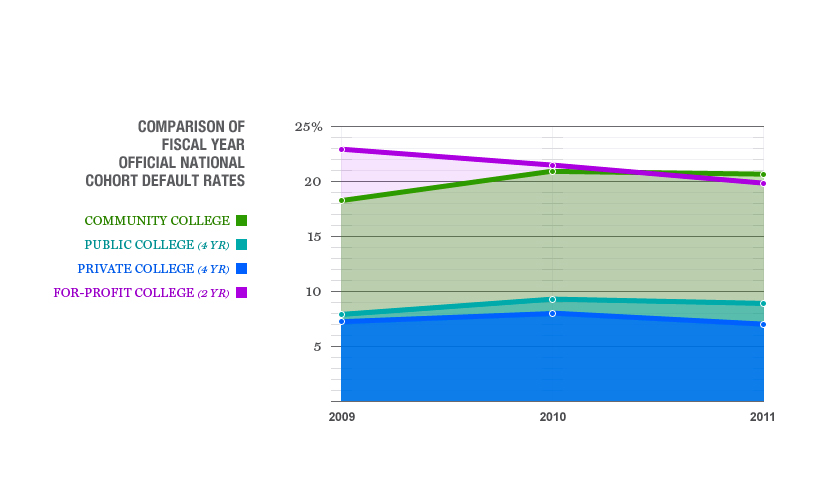Based on the reactions from some to President Barack Obama’s proposal to make community college free last week, you might think an associate’s degree already costs nothing.
The proposal drew praise from education activists, but some critics questioned whether the plan would really make that big of a difference, since—as Bloomberg View put it—”for many students, community college is effectively free already.”
To be sure, community college is relatively affordable—tuition runs $3,347 on average for the current school year, according to the College Board— especially when you compare it to the ballooning tuition rates at four-year public universities—$9,139 for in-state students—and private schools—$31,231. It’s important to note, as The Washington Post did, that tuition and fees (which aren’t covered by Obama’s plan) make up just 21% of the budget for students attending two-year public colleges and paying for off-campus housing during the 2014-2015 academic year. On average, these student are paying just over $3,000 for tuition but are also shelling out $7,705 for housing, $1,328 for books, and another $1,735 for transportation.
To cover those costs, community college students have to pay out-of-pocket, apply for Pell Grants, or—you guessed it—take out student loans.
And many community college students—even with that itsy, bitsy $3,347 annual tuition bill—are opting for loans. The average community college student owes $3,700, according to the Center for Education and the Workforce at Georgetown University, which crunched numbers from the Department of Education. (The DOE most recently surveyed debt total by institution type in 2009.) If you remove from the equation the students who decided not to take out loans, the average debt load for community college students is $10,000.
That sum is small compared to the money that borrowers at four-year college owe ($14,000 and $15,600 at public and private non-profit schools, respectively) and likely contributes to a small portion of the $1.2 trillion—and counting—that American students owe overall.
But here comes the bad news: community college students are defaulting on their loans at more than twice the rate of their counterparts at four-year non-profit schools, according to analysis by the Georgetown Center. In fiscal year 2011—the most recent year for which data is available—student borrowers at community colleges defaulted at a rate of 20.6%, compared to 8.9% for students at four-year public colleges and 7% for private university students. Community college students even defaulted on their loans at a higher rate than students who took on debt to attend two-year for-profit schools (19.8%).
What happens when you default on a student loan? First off, the entire unpaid balance of your loan and any interest is immediately due and payable, according to the Federal Student Aid division of the Department of Education. There are other consequences too, such as losing eligibility for additional federal student aid—a punishment that Anthony Carnevale, director and research professor at the Georgetown Center, considers especially severe. “That’s what I think is the most unfortunate about default; people who are most likely to default likely need the training you can get at community college the most,” he says. From an education perspective, he says, defaulters become “deadbeats.”
True, President Obama’s proposal likely would not make a huge dent in the trillion-plus that students already owe. But it would eliminate some of the need for loans among the student population that—in the past—has defaulted on them the most.

